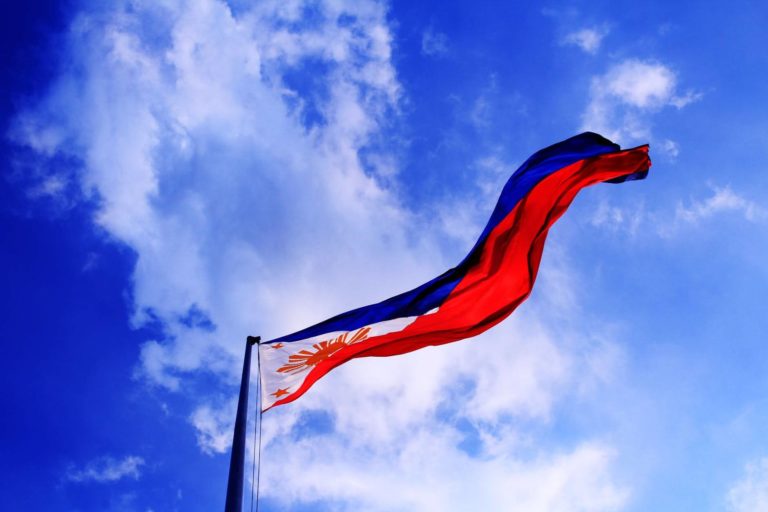Liraz Postan
Liraz is an International SEO and Content Expert with over 13 years of experience.


The Philippines is host to anywhere from 70 to 170 distinct languages and is the third-largest population of English speakers in the world.
The Philippines is, surprisingly, the third-highest population of English speakers in the world! English and Tagalog/Filipino are the two official languages of the country. All government business is conducted in these two languages. That barely scratches the surface of this country’s deep well of linguistics. Depending on how you categorize, The Philippines is home to anywhere from 70 to 170 distinct languages. And that doesn’t even count ‘Taglish,’ the unofficial melding of Tagalog and English you’ll encounter all over that country (and in the United States, where a sizeable Filipino population resides).
Tagalog is not spoken universally throughout the country, but dominates the area around the capital city of Manilla and has long enjoyed a special status in the country. English and Spanish have had tremendous influence over the Filipino language over the years, first from when the Spanish ‘discovered’ and occupied the country for centuries, and then when the United States became a global power and took possession until their claimed their independence finally in 1946.
The Philippines government officially recognises eight regional languages: Bikol, Cebuano, Hiligaynon, Ilokano, Pampango, Pangasinense, Tagalog, and Waray, but these are only 8 of the twelve languages spoken by over a million people in The Philippines!
What’s interesting about the languages in The Philippines is that there is a large amount of sharing between them all. Words and even phrases appear in different languages that have ‘leaked’ over to each other. Many of these have their origins in Spanish or English, borrowed country-wide and incorporated into the different languages in a fascinating display of lingual evolution. A good example is the common phrase kumusta ka, a greeting, that you find commonly in conversations conducted in Tagalog, Cebuano, and Ilokano.
In The Philippines there is an increasing movement towards trilingualism, with many younger Filipinos speaking English, Tagalog, and a native language from their region. The older generations still speak primarily Tagalog or another regional language, so this is a real generation gap in the country as the population moves forward into the future. For anyone interested in languages and their development, The Philippines is a fascinating place!
Contact us to learn more about BLEND’s translation services.
What our customers are saying